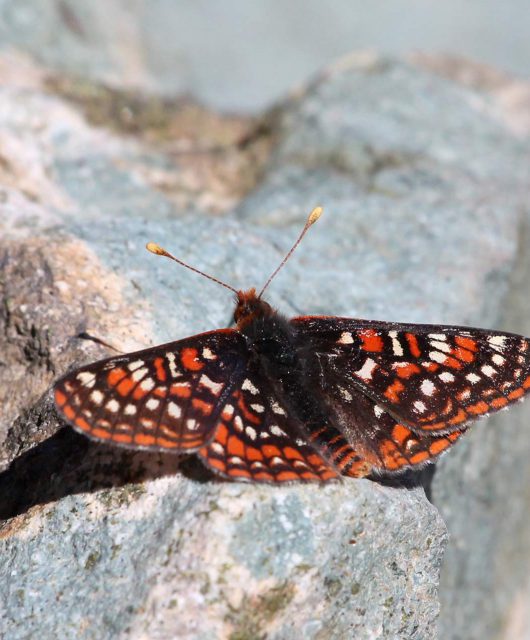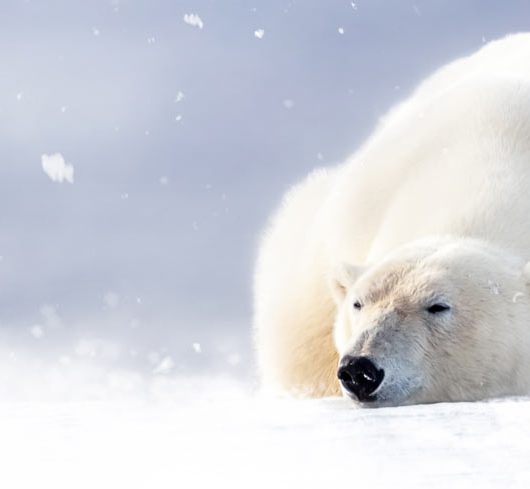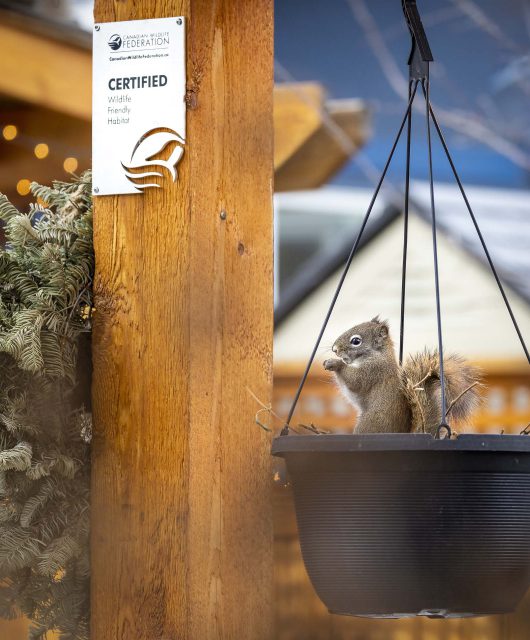A bird-friendly garden can bring joy and benefits to your yard.
Here’s your go-to guide to help attract woodpeckers! Besides being fun to watch and listen to, woodpeckers are great at controlling pests. Did you know that woodpeckers belong to the bird family Picidae? There are 14 species of woodpeckers in Canada, so there’s likely a species near you! Here are some tips to create a woodpecker-friendly environment!
Step #1: Offer Them Dead Trees or Snags

Consider leaving dead trees, if it’s safe, in your yard. Woodpeckers love pecking at dead trees and creating nest cavities in them. Another option is to leave tall dead branches in place. These snags are crucial as they provide a varied habitat for all sorts of wildlife.
Step #2: Give Them Food

A well-stocked bird feeder can make your yard a woodpecker paradise. Fill it with suet, seeds, and mealworms to attract these birds. Just remember to keep the feeder clean and mold-free to ensure the health of your feathered visitors.
Step #3: Create a Source of Water
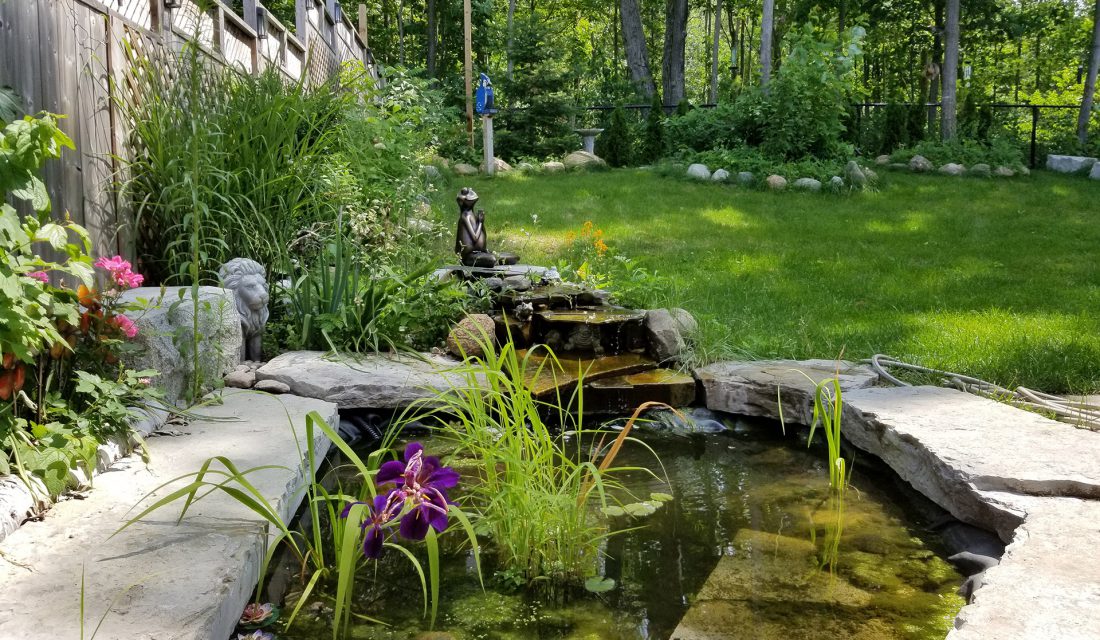
Water is essential for all living beings, including birds. Provide a reliable source of water for drinking and bathing. The best birdbaths mimic natural puddles and shallow pools in slow streams with a gentle slope. Woodpeckers prefer something natural and secluded. Keep the water clean and fresh to help birds stay healthy.
Step #4: Give Them Shelter
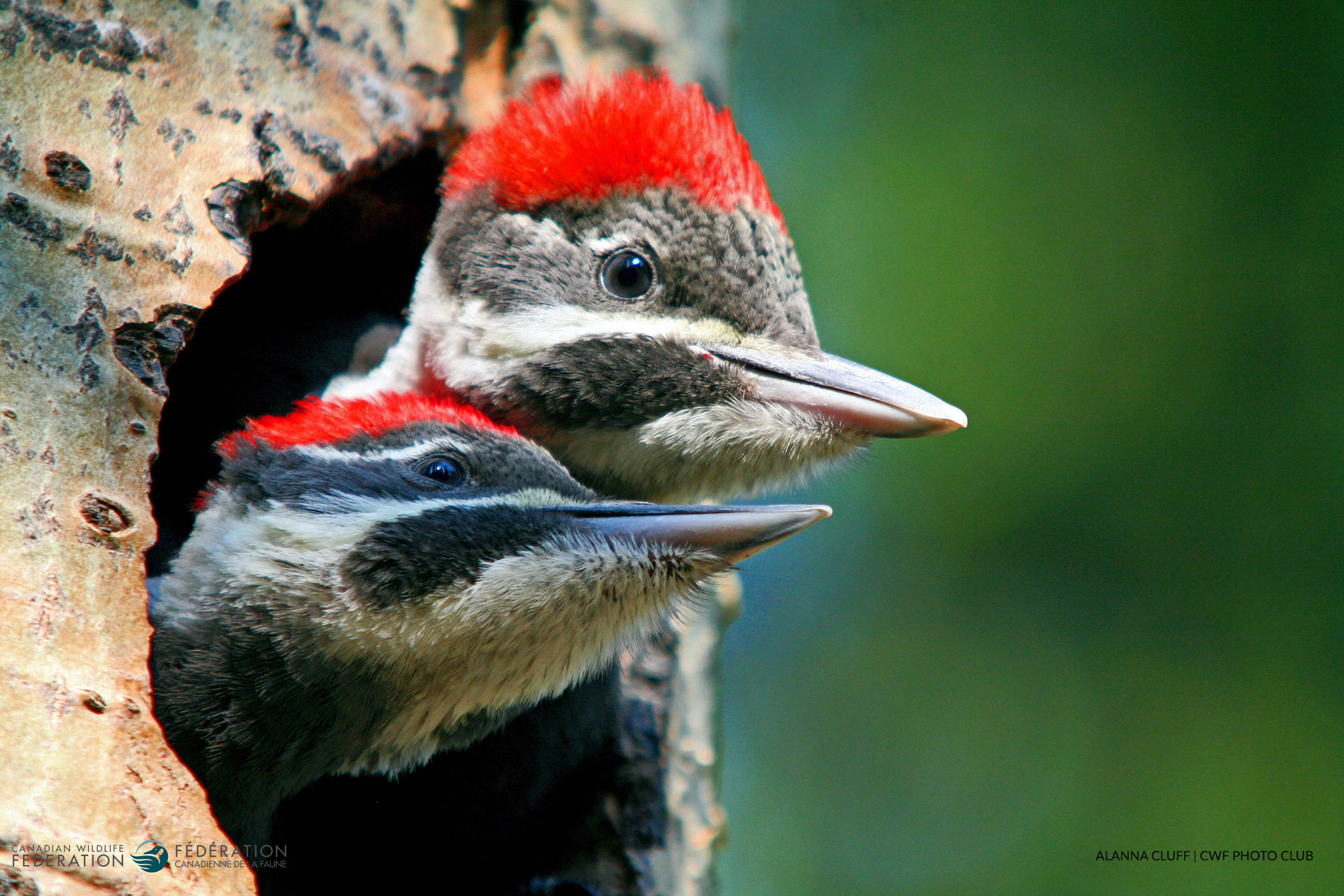
Providing additional habitats, like a birdhouse, can help woodpeckers nearby. They use birdhouses year-round to protect themselves from harsh elements. There are many DIY instruction on how to build a birdhouse ideal for woodpeckers, just remember to place it 10 to 20 feet high.
Step #5: Plant Native Trees and Shrubs
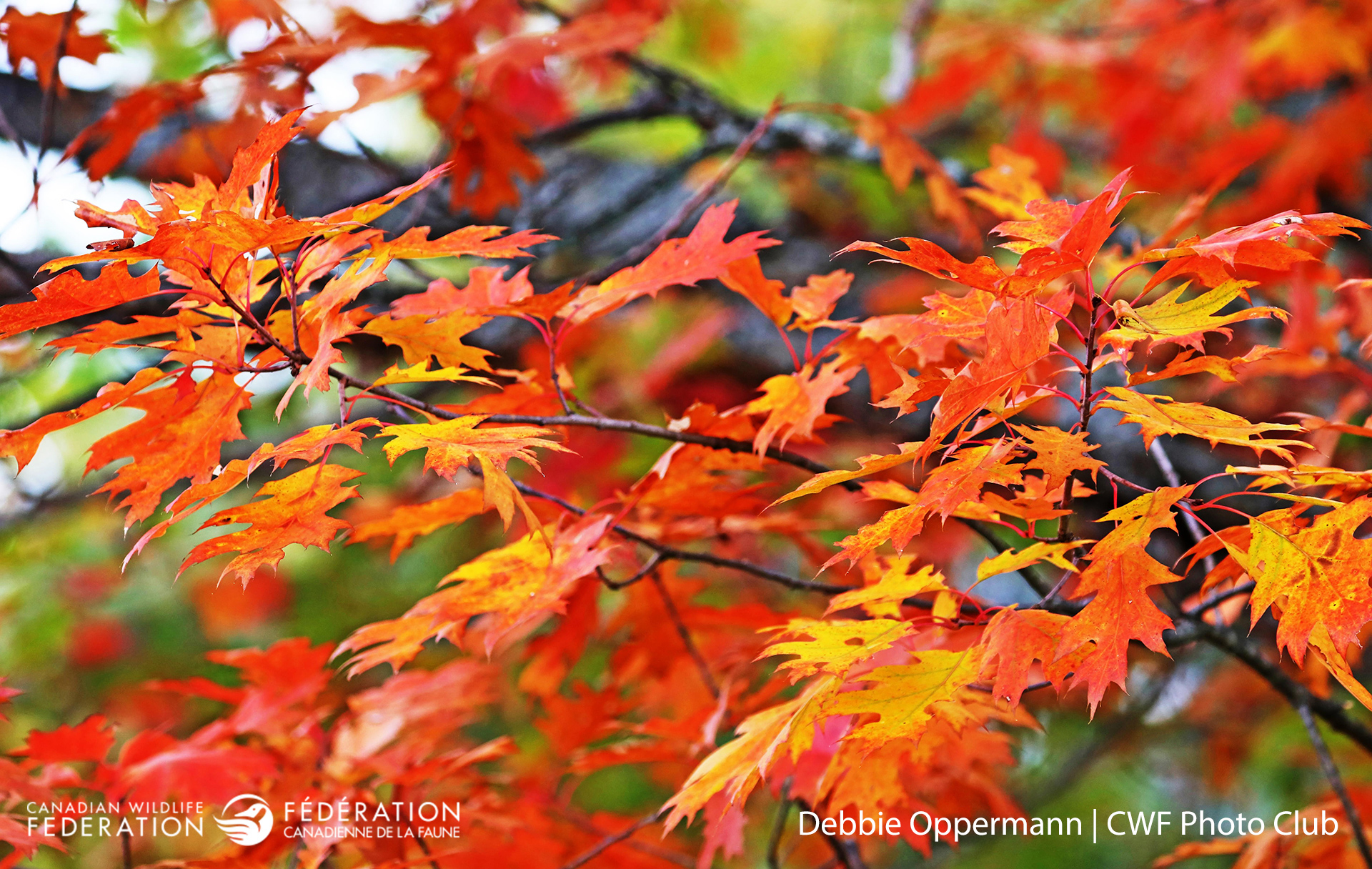
Planting native trees and shrubs benefits all sorts of wildlife, especially woodpeckers. Oak, pine, service berries and beech are the woodpecker’s favourite since these trees and shrubs harbour lots of insects such as beetles and ants. Not only this, but these trees also provide buts and seeds year-round. Fun fact: Pine nuts, which come from pinecones on pine trees, are a woodpecker’s favorite snack!
Step #6: Provide Nesting Materials

To increase nesting opportunities, offer materials like wood chips, grass clippings, and feathers in quiet, low-traffic areas of your garden. Woodpeckers will use these to line their nesting cavities.
Step #7: Provide Drumming Sites
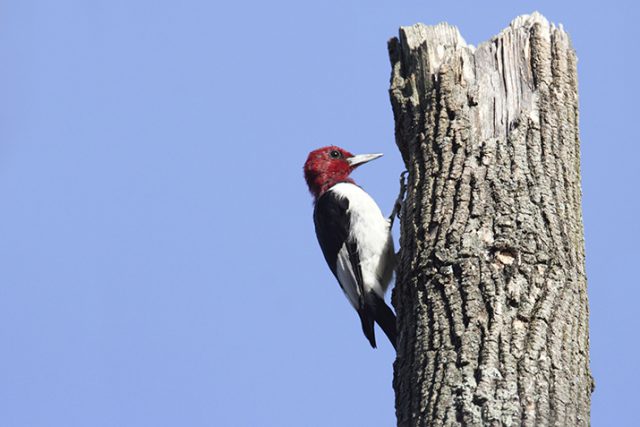
It’s a common misconception that woodpecker drumming is related to eating insects when in fact it’s often used as a method of communication to claim territory or attract a mate. Place hollow logs, branches or wooden pots that mimic the sound of drumming. This will help attract curious woodpeckers searching for nesting sites and foraging for food.
By creating a welcoming environment with plenty of food, water, and nesting sites, you’ll increase the chances of attracting woodpeckers to your yard. Happy birdwatching!

